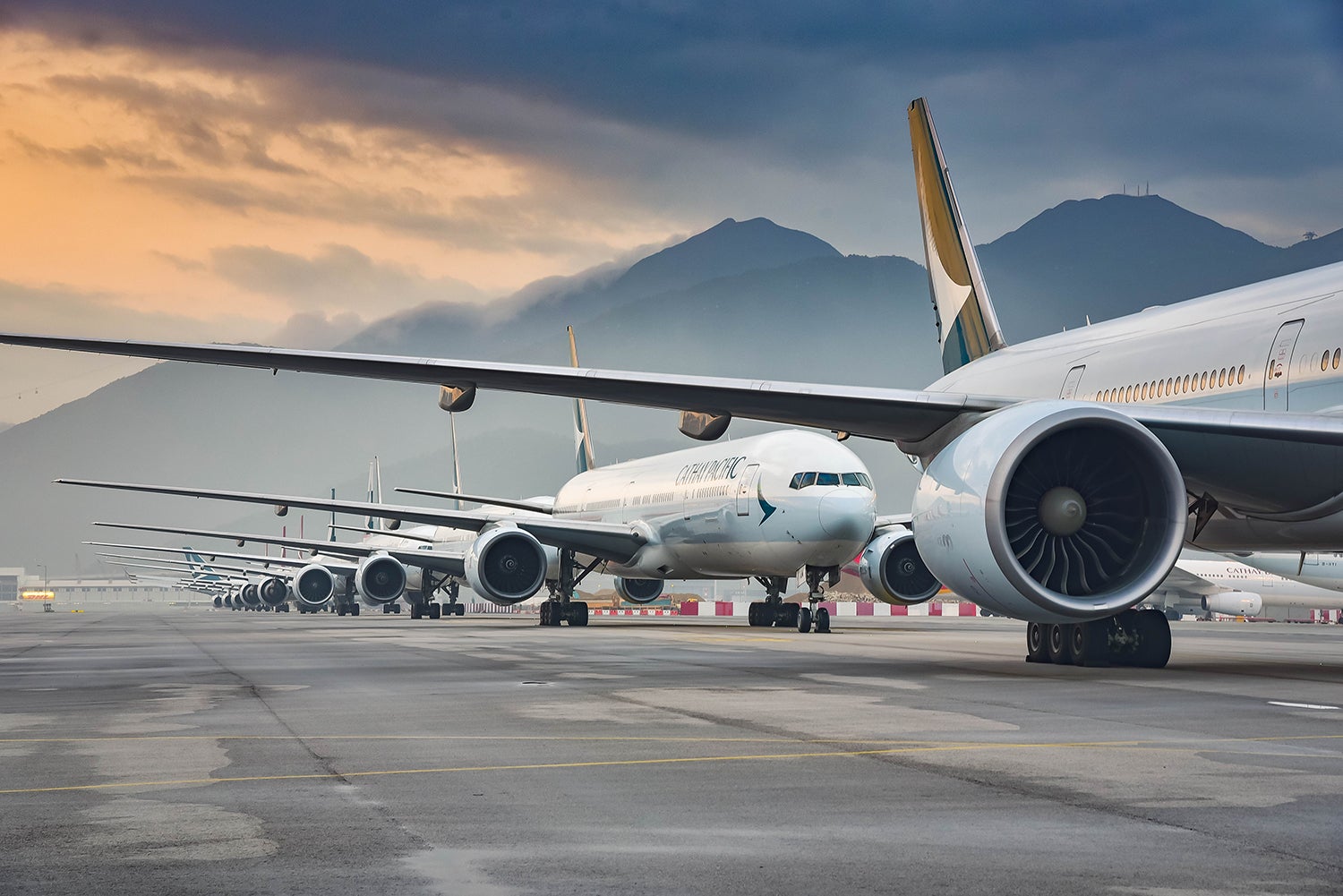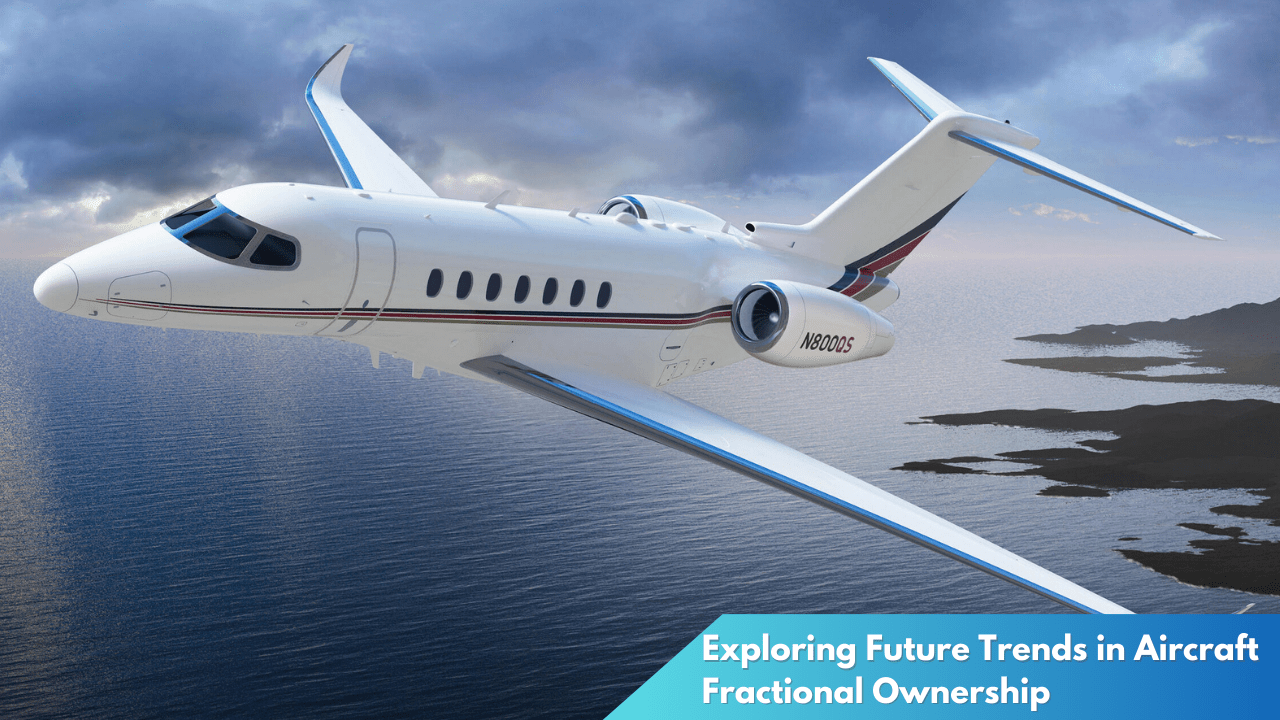Exploring Future Trends in Aircraft Fractional Ownership
In recent years, the aviation industry has witnessed a significant transformation due to evolving ownership models, with aircraft fractional ownership emerging as a popular choice among frequent flyers and businesses. This model allows multiple owners to share the benefits and responsibilities of owning an aircraft, offering a cost-effective and flexible alternative to full ownership. As technology and consumer preferences continue to evolve, it is essential to explore the current state and future trends of this innovative ownership model that is reshaping air travel.
The Rise of Aircraft Fractional Ownership Models

Aircraft fractional ownership has become increasingly popular as it allows individuals and companies to enjoy the perks of private aviation without the burdens of full ownership. This model divides the costs of purchasing and maintaining an aircraft among several owners, making it a more accessible option for those who fly frequently but do not require full ownership. Companies like NetJets and Flexjet have been pioneers in this space, offering tailored solutions that cater to the unique needs of their clientele, thereby expanding the appeal of fractional ownership.
The rise in fractional ownership is driven by several factors, including the desire for flexibility and efficiency. As business travel demands increase and schedules become more unpredictable, fractional ownership provides a responsive solution that adapts to the owners’ specific travel needs. Unlike traditional charter services, fractional ownership guarantees aircraft availability, ensuring that travel plans are not disrupted. This reliability is particularly attractive to businesses and individuals who prioritize time management and convenience in their travel arrangements.
Moreover, the economic implications of fractional ownership are significant. By sharing the costs of aircraft purchase, maintenance, and operation, owners can substantially reduce their financial burden. This model transforms private aviation from a luxury reserved for the ultra-wealthy into a feasible option for a broader range of individuals and companies. As a result, the fractional ownership model continues to gain traction, marking a shift in how private aviation services are accessed and utilized.
Future Trends Redefining Air Travel Ownership

As the aviation industry continues to innovate, several future trends are poised to redefine aircraft fractional ownership. One such trend is the integration of advanced technologies like artificial intelligence and data analytics. These technologies have the potential to enhance operational efficiency, improve safety, and provide personalized services to owners. Predictive maintenance, for instance, can reduce downtime and increase aircraft availability, thus maximizing the owners’ value from their investment.
Sustainability is another critical trend shaping the future of fractional ownership. With growing awareness of environmental issues and the aviation sector’s impact on climate change, there is increasing pressure to adopt more sustainable practices. The development and integration of hybrid and electric aircraft into fractional fleets are on the horizon, promising to reduce the carbon footprint of private aviation. Sustainable aviation fuel (SAF) is also gaining traction, offering a viable alternative to traditional jet fuel and further aligning the aviation industry with global sustainability goals.
Furthermore, the concept of fractional ownership is expanding beyond traditional aircraft models. The rise of urban air mobility (UAM) presents new opportunities for fractional ownership in the form of eVTOL (electric Vertical Takeoff and Landing) vehicles. These vehicles promise to revolutionize short-range and urban travel, offering a new dimension of convenience and efficiency. As eVTOL technology matures and regulatory frameworks develop, the potential for fractional ownership in this emerging market could lead to a significant transformation in how people perceive and use air travel.
As the landscape of air travel ownership continues to evolve, fractional ownership stands out as a dynamic and adaptable model that meets the changing demands of travelers and businesses. The integration of advanced technologies, a focus on sustainability, and new opportunities in urban air mobility are poised to drive the future of this model. By keeping abreast of these trends, stakeholders in the aviation industry can capitalize on the benefits of fractional ownership, ensuring that they remain at the forefront of innovation and efficiency in the ever-evolving world of air travel.



